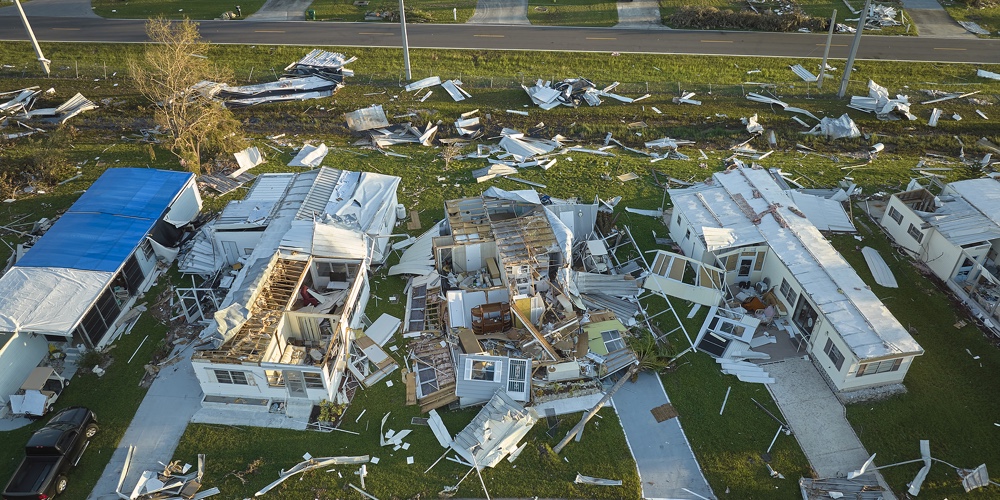Is your credit union prepared for disaster?
Leveraging the “as a service” model for business continuity

Co-author: Katie Bailey
One of the benefits of the cloud is an increase in the “as a service” model. This model allows businesses to take over some of the tasks or processes that a credit union may already be performing itself, freeing up employees to work on other projects while likely providing a deeper degree of service than what the credit union had been capable of on its own.
Two of these services, Back Up as a Service (BUaaS) and Disaster Recovery as a Service (DRaaS) can be incredibly beneficial for credit unions, especially as we see an uptick in natural disasters and cyber-attacks. Both services are part of the broader category of business continuity management and can help credit unions prepare for NCUA annual audits.
But what exactly are BUaaS and DRaaS, and why would a credit union invest in them? Think of them like insurance policies. You’ll pay a monthly premium for them each month in the hopes that you’ll never need them, but when something goes wrong, it will make recovery much easier.
Back Up as a Service – Never lose a file again
Back Up as a Service utilizes long-term retention to create daily or even hourly backups of every file and folder on a credit union’s server. It’s used to create an archive of past data and files, allowing a credit union to restore a file or folder after it has been deleted. Archives can be kept for a year or more, depending on the service provider, allowing a credit union to regain lost files even months after the deletion. The long-term retention provided by Back Up as a Service can help to meet auditory compliance for archiving data; it can also protect your data in a secure location for recovery in the event of a disaster.
If you’ve ever lost a cell phone, or even just moved to a new one, you know how important back ups are. Making sure you never lose a picture or a message can provide so much peace of mind – and making sure your credit union never loses a file can save you from a lot of headaches. Some important questions to ask when selecting a BUaaS provider or service are:
- How frequently do I need to back up my data?
- How long do I need my files held in archive?
- How are my backups protected?
- What reporting processes are available to aid in an audit?
Disaster Recovery as a Service – Be prepared when the worst happens
Already in 2023 we’re seeing record snow and plenty of ice storms, and hurricane season will be upon us in just a few short months. It’s hard to predict who will be affected by a natural disaster and when. It’s better to be prepared for when mother nature strikes than to just hope your credit union will be spared.
DRaaS keeps things moving when servers are knocked out by storms, outages, attacks and more. Once a credit union declares an emergency with their provider, all systems will fail over to the provider’s servers and run from there while the credit union works on recovering the physical location of their servers, and any other materials needed. Then, once the credit union gives the provider the all clear, all systems would fail back to the credit union.
DRaaS not only gives the credit union space to figure out their next steps with minimal disruption to service, it also helps members ensure they still have access to their accounts during an emergency, which can be vital for the family that just needs to buy a tank of gas so they can leave an evacuation zone.
Some important questions to ask when considering a DRaaS provider are:
- What is my required RPO (recovery point objective)?
- What is my required RTO (recovery time objective)?
- Can an emergency be declared before a storm hits?
- Is there any delay in service during the fail over periods?
- Do you offer any troubleshoot testing once service is failed over to your servers?
- What if your servers are affected by the event, too?
- What reporting processes are available to aid in an audit?
- How often is my DRAAS process tested?
Being prepared is not something you’ll ever regret. Whether it’s losing an important document, or whether an earthquake stops your credit union from functioning entirely, investing in some sort of failsafe program will make recovery a much smoother process.

